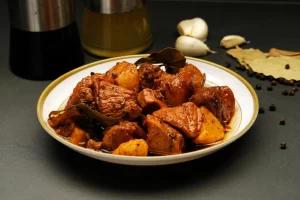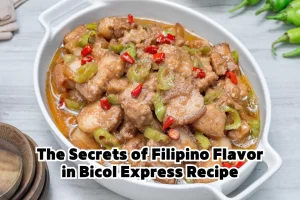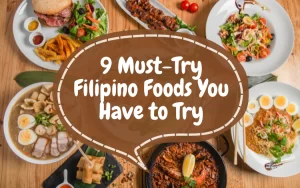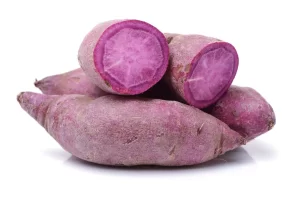The Best Fluffy Pancakes recipe you will fall in love with. Full of tips and tricks to help you make the best pancakes.
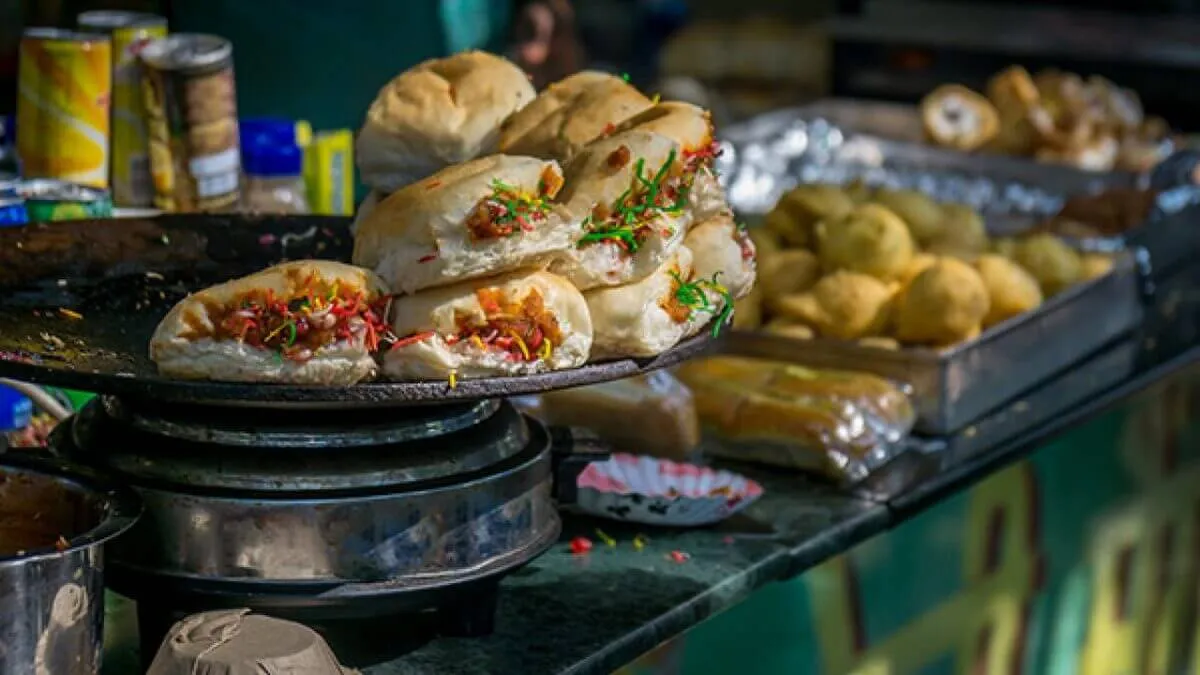
Embracing centuries of global influences, Indian street food is a vibrant tapestry of cultural diversity. With their harmonious blend of spices and enticing aromas, these dishes are not only a feast for the tastebuds, but also a symbol of unity and inclusion. These culinary delights are the unsung heroes of Indian cuisine, enjoyed by millions every day. International food enthusiasts have been captivated by their irresistible appeal. Experience the traditions and innovations of Indian street food culture.
Taking a look at Indian street food culture’s historical evolution
Ancient Indian texts such as the Ramayana and Mahabharata mention street food culture as far back as ancient times. Historically, street vendors have offered travelers and locals roasted grains, nuts, and various breads. It was natural for vendors to set up their stalls in bustling markets and streets during those times.
Diverse cultures within India have significantly influenced the evolution of Indian street food culture. Starting with a few basic items, different cultural influences led to an enriched and varied street food menu. Regional variations highlight this diversity: Chole Puri and Chaat are considered to be rich, creamy dishes in the North of India, while Idlis and Dosas are vegetarian options in the South. A popular item in Western Indian street food is Vada Pav and Pav Bhaji, which are both known for their bold and spicy flavors. Dishes like Jhal Muri and Churmur, on the other hand, are known for their unique blend of sweet and savory flavors.
Colonialization and foreign rule in India have left an indelible mark on its cuisine, including Persian, Mughal, Portuguese, and British influences. As a result, many Indian street food items, including kebabs and chai, have been adapted from foreign cuisines. Trade and migration have played a crucial role in shaping Indian street food, making it a vibrant and beloved part of Indian culture.
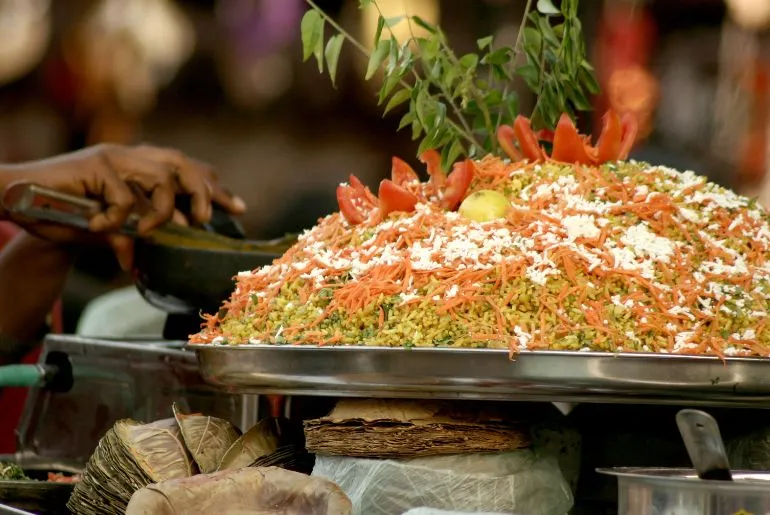
Celebrating Popular Delicacies in Indian Street Food Culture
There are a variety of flavors and aromas to be found in India’s street food landscape. A few of the most beloved and tantalizing street foods that epitomize the richness of Indian street food culture are described here. Your tastebuds will dance with joy when you try these culinary gems.
Experiencing the vibrant street food culture of India
India’s street food culture is a treasure trove of flavors, and here are some of its most celebrated delicacies:
Pani Puri
A hallmark of Indian street food, Pani Puri, also known as Gol Gappa, offers an explosive taste experience. These bite-sized hollow puris are stuffed with a spicy mix of potato and chickpeas. The heat of the filling is adjustable to suit your palate. Dipped in zesty mint or tamarind water, they’re a one-bite wonder, with the full burst of flavors best enjoyed in a single mouthful.
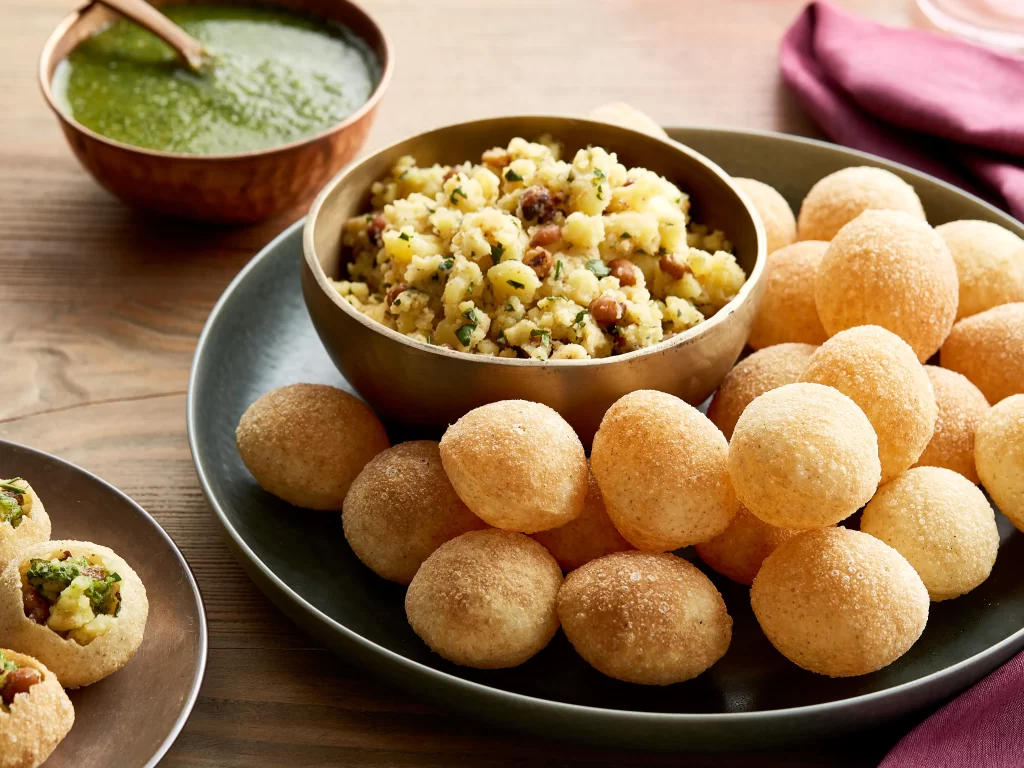
Chaat
Meaning ‘lick,’ the name captures the irresistible allure of this dish. Among its many varieties, Papdi Chaat features crisp flour discs topped with yogurt, chutneys, and spices, while Aloo Tikki Chaat presents spiced potato patties with savory toppings. These tangy and bold flavors embody the essence of Indian street food culture.
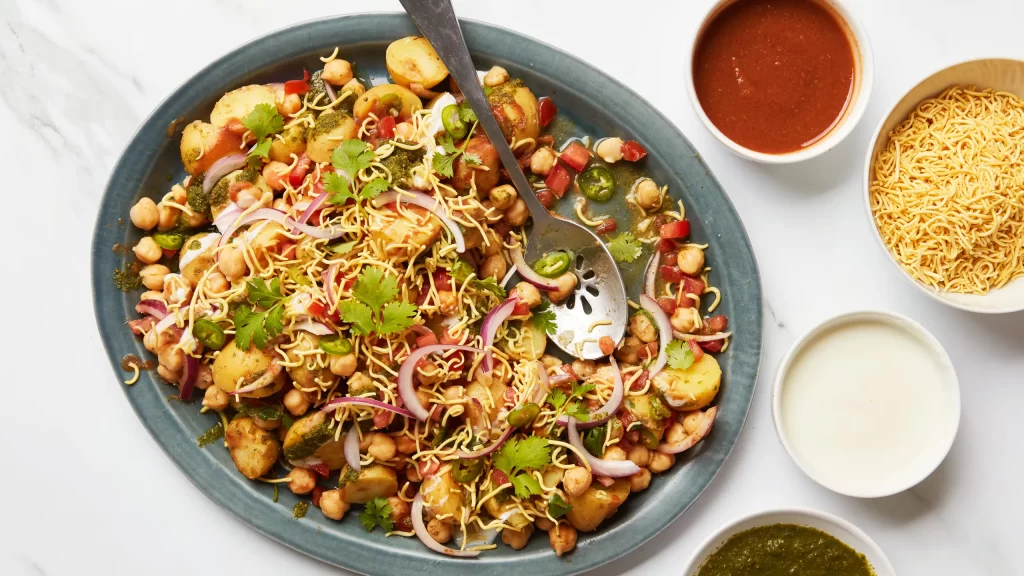
Vada Pav
An Indian burger, Vada Pav is Mumbai’s favorite snack. A spicy potato fritter (Vada) nestled in a soft bun (Pav), accompanied by tangy chutney, embodies the spirit of the bustling city. It stands as a cultural icon in Mumbai’s culinary landscape.

Dosa
This South Indian specialty, a thin, crispy pancake made from fermented rice, showcases the region’s culinary ingenuity. Accompanied by a variety of chutneys and Sambar, a lentil-based vegetable stew, Dosa is a versatile dish celebrated throughout southern India.
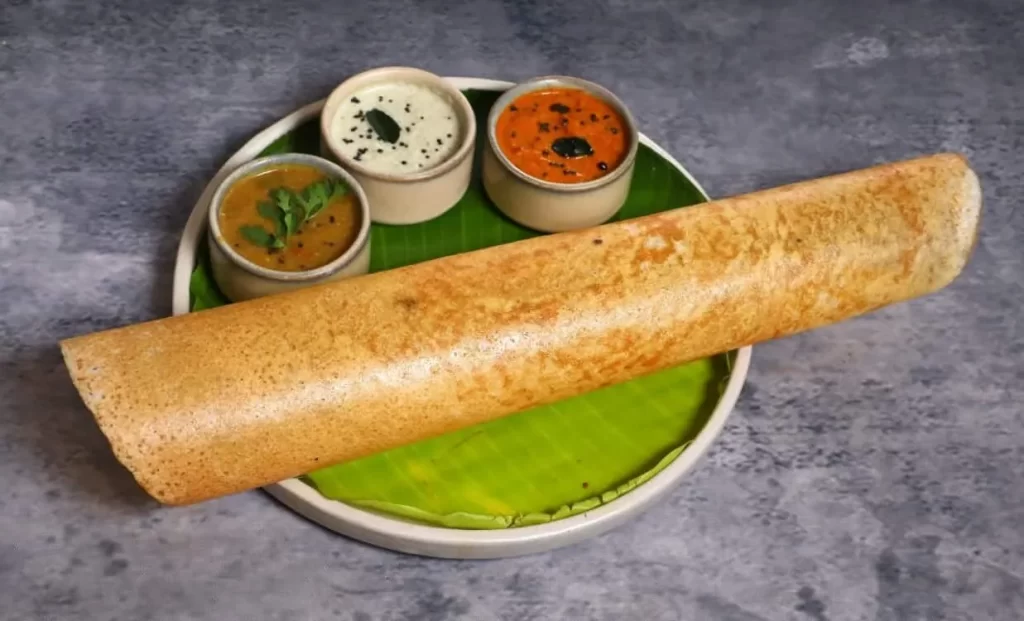
Khaman Dhokla
Hailing from Gujarat, Khaman Dhokla is a light, fluffy, steamed snack made from gram flour. Served with tangy chutneys, it offers a delightful balance of lightness and satisfaction.
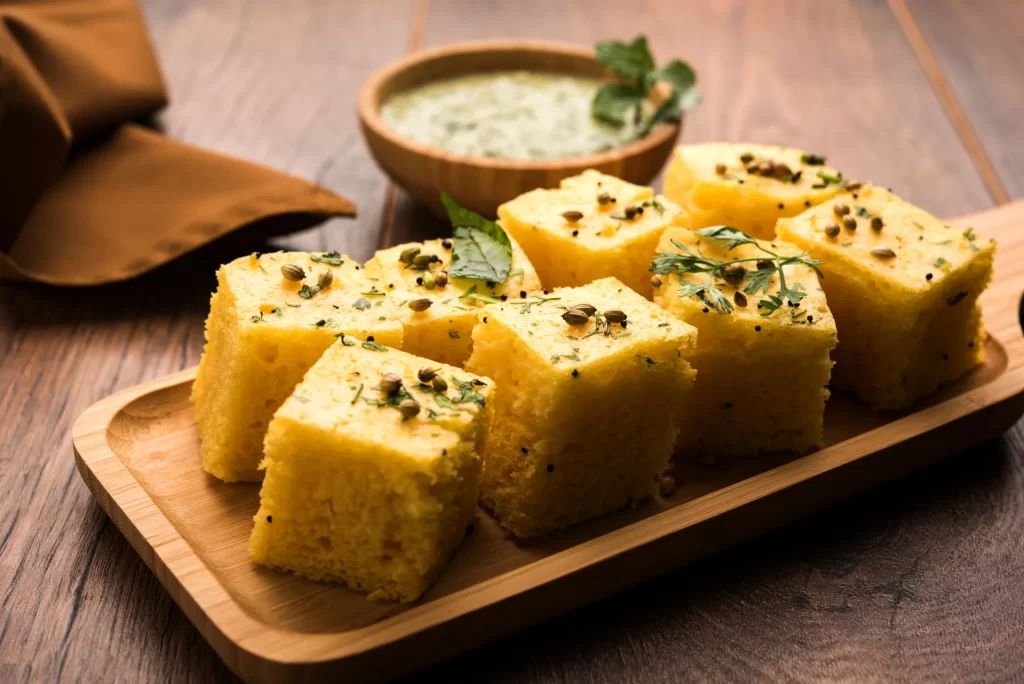
Dahi Bara Aloo Dum
This dish combines Dahi Bara (yogurt-dipped, legume-based fritters) and Aloo Dum (a spicy potato curry). Topped with fresh onions, coriander, and sev, it provides a refreshing respite during hot days, blending spicy, savory, and sweet flavors in a perfect symphony.
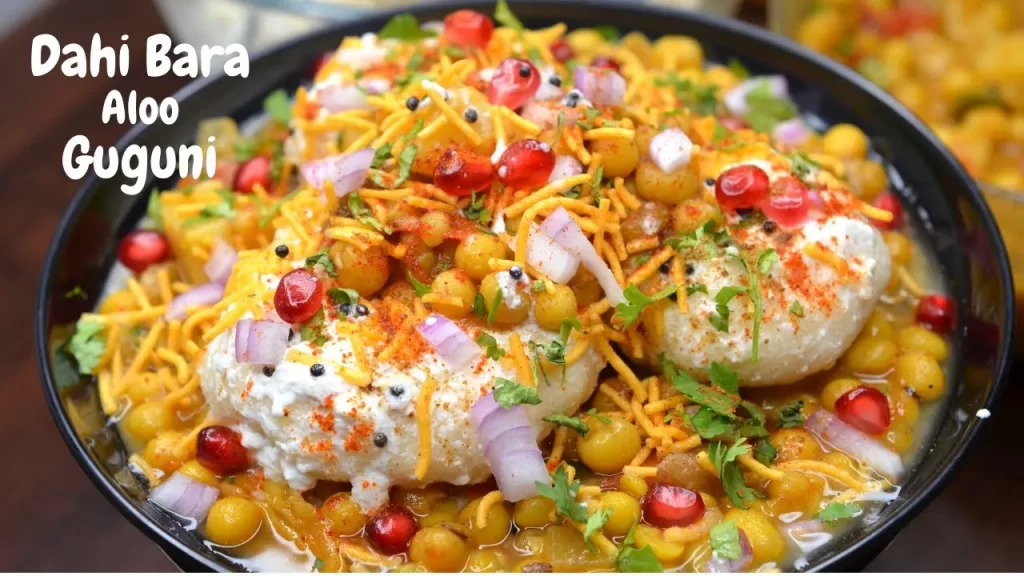
It is a testament to India’s culinary heritage that each of these dishes not only tantalizes the palate but also represents India’s diverse and rich street food culture.
The Unifying Power of Indian Street Food Culture
It is more than a culinary delight; Indian street food plays a pivotal role in social equality. Various social strata are served by this aspect of Indian street food culture, bridging the gap between the affluent and the underprivileged. Individuals of diverse religions, castes, and economic backgrounds are able to connect over shared meals due to its universal appeal and affordability.
The Indian street food industry is also significant for its contribution to the economy in addition to uniting people across different sectors of society. As a result of its widespread popularity, a substantial portion of the unemployed population of the country has stable employment opportunities. Providing both a reliable source of income and delighting consumers’ tastebuds, Indian street food culture is not only a culinary phenomenon but also a vital weapon against unemployment.

Celebrating Indian street food culture through culinary bonds
In the rich tapestry of Indian street food culture, food holds a unique power to unite people around the world. The love of street food unites India’s immense cultural diversity. Indian culture is known for its mastery of spices and culinary skills, which are evident in the irresistible flavors and enchanting aromas of Indian street cuisine. In addition to showcasing Indian cuisine’s rich culinary heritage, street food culture reflects the nation’s regional diversity and historical influences. A piece of India’s cultural mosaic can be found in every dish, from the tantalizing Pani Puri to the fragrant Dosa. In addition to satisfying the palate, these culinary delights cultivate a sense of community and national pride, resonating with food lovers across the world and celebrating Indian street food culture’s unifying spirit.
FAQ.
Q. What are some iconic dishes in Indian street food culture?
The key dishes include Pani Puri, a spicy snack; Papdi Chaat; Vada Pav, similar to a burger; Dosa, a South Indian pancake; Khaman Dhokla, a fluffy snack from Gujarat; and Dahi Bara Aloo Dum. Indian cuisine is diverse.
Q. What are the economic and social effects of Indian street food culture?
People of all backgrounds are united by Indian street food, which bridges social divides. In addition to providing jobs for many vendors, it reduces poverty and supports families.
Q. How have historical influences shaped Indian street food culture?
The influences of ancient texts, regional diversity, and colonial history can be seen in Indian street food. With adapted dishes like kebabs and chai, it creates a unique and vibrant food culture that blends local and foreign culinary styles.


